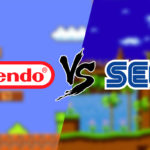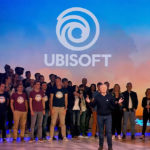Did you know that, more than 30 years ago, Nintendo had a Secret Weapon so powerful it could have outplayed Sega from the very beginning, had it not failed to use it?
Surprisingly, this secret weapon was no other than Nintendo’s original NES sales representative in America, Sam Borofsky, who represented and advised Nintendo during the early days of the NES. But how exactly could a single person have had such an impact on the fate of Nintendo and Sega?
While researching my previous article about How Nintendo first marketed Mario, I came across an article from Blake Harris (author of Console Wars) recounting the story of said secret weapon.
Sam Borofsky, Nintendo’s Secret Weapon
Before proceeding with this article, please note that it is a direct follow up to the one I wrote about how Nintendo first launched Mario. I therefore strongly encourage you to first read about the context of this story. This will help you, if you’re unfamiliar with the chaotic birth of Mario and the NES, get a better understanding of the situation at the time. For simplicity and brevity, I will only expose the main and relevant elements as the story goes.
Before working for Nintendo of America, SBA (Sam Borofsky Associates, Ltd., Borofsky’s firm) was a sales representative for Atari. But it wasn’t just any kind of sales rep, it was the biggest and best. “At one point, recounts Blake, it was responsible for generating over 30% of Atari’s sales.” It is fair to say that Borofsky is largely responsible for helping Atari becoming the leader of the industry it once was. But then, in 1983, the video game industry crashed. Suddenly, it became practically impossible for video game companies to sell their games and consoles to retailers. “Video games were over”, Borofsky affirms. The same year, Nintendo launched the Famicom (Family Computer) in Japan, and, after a frank success on this market, decided to launch it in America under the name NES (Nintendo Entertainment System).
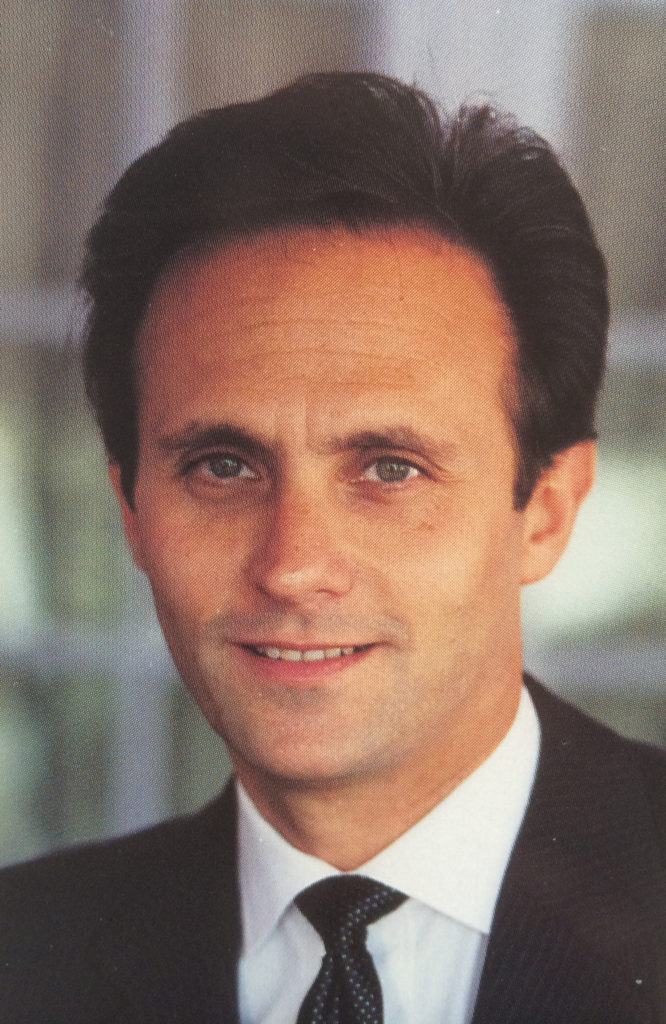
Despite the crash, Borofsky had faith in video games and felt confident that the industry could take off again and stay indefinitely. He had lived through Atari’s demise and knew the video game retail business better than anyone. That is when Nintendo contracted Borofsky’s firm, as the sales representatives firm for the launch of the NES, stating in a press release that “formerly, the firm represented Atari’s game and computer products for over eight years, and offers solid expertise in the Metro New York consumer electronics marketplace.” Borofsky enthusiastically wrote in a letter to Nintendo that he had “seen it all and done it all” and would not “let Nintendo make the same mistakes and miss the same opportunities” as Atari. He and his company were clearly the right people for this colossal job of launching the NES in a dying market and rekindling people’s interest in video games.
Thanks to this team effort between Nintendo and SBA, the Japanese console maker successfully saved or even resurrected the video game industry. This leads us to the point where Nintendo arguably made a mistake and failed to see its plan all the way through.
Discontinuing R.O.B. and the Deluxe edition of the NES?
One of the main aspects of Nintendo’s marketing strategy for the launch of the NES was to sell the console with R.O.B. (Robotic Operating Buddy). That was the console’s main point of differentiation compared to competition. The NES was not just a console, it was an entertainment system. And R.O.B., which was linked to the console and interacted with certain games, spearheaded this message. From the very beginning, the NES had been associated with R.O.B. It was the most prominent element in every piece of Nintendo marketing, be it TV commercials or print.
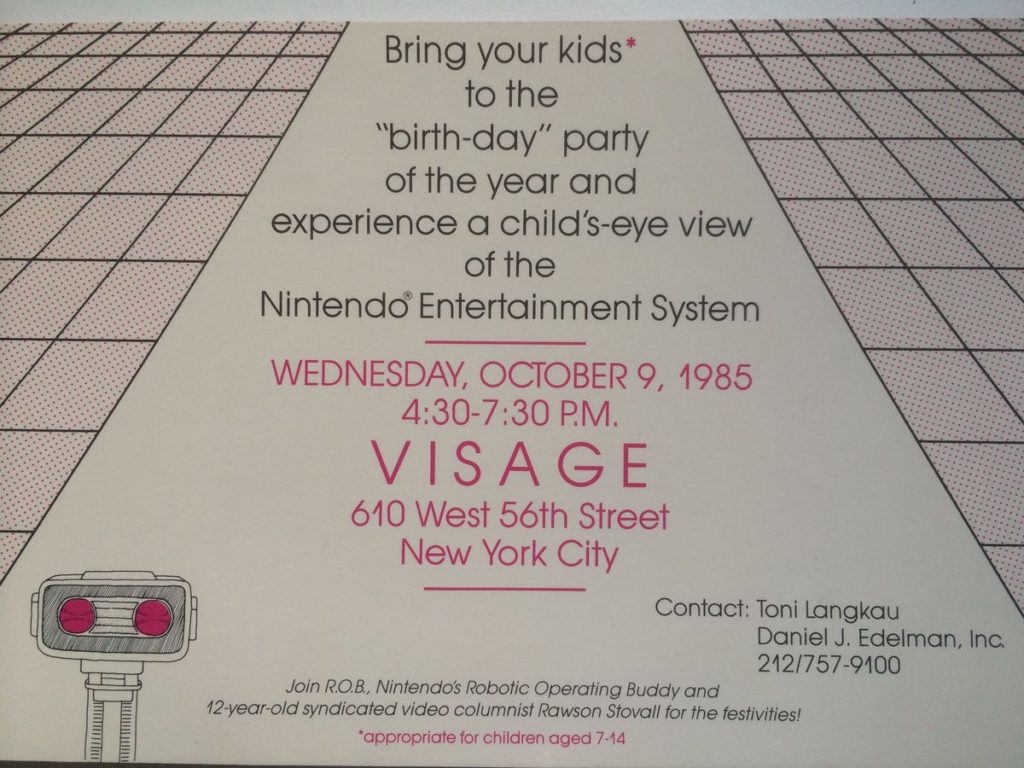


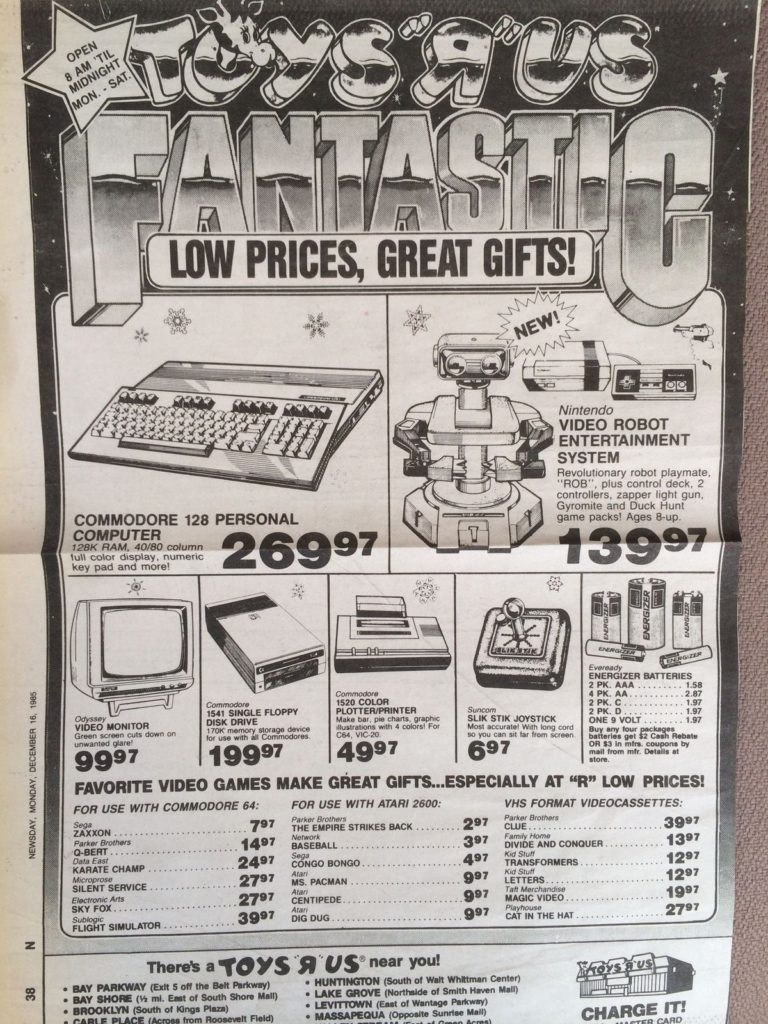


In the first TV commercial for the NES, from 1985, the console itself is barely visible. The first thing consumers saw – and therefore associated with the product and Nintendo – was R.O.B., which shows how important and prominent it was.
And then, in September of 1987, when the NES sales were better than ever before, and Nintendo was the undisputed new leader of the industry, was raised the pivotal question of discontinuing the deluxe edition of the NES, sold with R.O.B. This decision of streamlining Nintendo’s portfolio was suggested by Peter Main, VP of Marketing and Bruce Donaldson, VP of Sales. If it were adopted, the company would be left with just the standard set for the NES, sold at a cheaper price but without R.O.B.
In a gripping and poignant letter addressed to the two VPs, Sam Borofsky strongly opposed this idea, describing it as “a serious marketing error.” He added: “To take R.O.B. away now is to put Nintendo in the same competitive rat race as Atari, Intellivision, Sega, and probably, next year NEC. We should not give up our uniqueness. Though we sell many pieces of hardware because of our great titles…we must not lose our edge… I still believe that when you mention Nintendo to a customer they think of R.O.B.” and then suggested to offer incentives to develop software for the robot instead. “It scared me when Atari was basically a one product company until too late and it scares me now should this move be made,” he warned.
Consequences of this move
Losing power of association
Despite Borofsky’s efforts, previous industry experience and passionate advice, Nintendo eventually decided to discontinue the deluxe edition of the NES, thus killing R.O.B. With this decision, Nintendo immediately lost the power of association and influence it had initially built with the robot. This probably even backfired against them. From one day to the next, people stopped seeing the figure they had been accustomed to for two years. Why did he disappear? What happened to him? This did not signal anything good in the public eye.
Competing for shelf space
By having only one edition (sku) of the NES left, that also means Nintendo gave up space on retailers’ shelves; space that could now be occupied by competition (i.e., Sega). “The more choices we can offer a consumer, the more packages (sku’s) we can put on a retailer’s shelf, the more dollars we can use up from a retailer’s open to buy – the fewer competitive products we will share shelf space with,” he explained. “Should Nintendo make this move to discontinue the deluxe system we will lose shelf space and some importance, believe it or not, to our competition.” This is self-explanatory but even more important at a time where all the sales were made at retailers and physical shops. There was no internet and no digital copies back then, so brands had to perform on retailers’ shelves in order to maintain a dominant position.
Psychological warfare: a battle inside the mind
The final and most important point on which Borofsky insists is psychological warfare and being present in consumers’ mind.
“Marketing battles are not fought in the customer’s office or in the retail stores of America. […] Marketing battles are fought in a mean and ugly place. A place that’s dark and damp with much unexplored territory and deep pitfalls to trap the unwary. Marketing battles are fought inside the mind. Inside your own mind and inside the mind of our prospects, every day of the week. The mind is the battle ground. A terrain that is tricky and difficult to understand. In our case how do we know how our customers and consumers’ minds will react to the death of ROB?”
– Sam Borofsky
This is undoubtedly the most powerful idea expressed in this letter. Marketing battles are fought and won inside the mind. Therefore, being present and occupying as much space as possible should remain an absolute goal and every tactic should point towards this objective. This can work positively but can also backfire tremendously, as demonstrated here.
According to Borofsky, the disappearance of R.O.B. and loss of shelf space was subconsciously perceived as a sign of weakness by both consumers and competitors. “From a psychological point of view we cannot show our customer or consumer that Nintendo is abandoning a product. […] A popular marketing book states that ‘Getting the enemy to eat it is the key objective of offensive warfare. The morale factor can be decisive. The emphasis should be on destroying the morale of your opponent.’ Killing off the deluxe system will be increasing the morale and opportunities of our competitors” he explained. “I want to see Nintendo remain in the minds of all as the technology and value leader. Without R.O.B./Deluxe we may be perceived just like anyone else.”
Personal criticism
I do find it very curious that Nintendo made such a decision at this moment and I truly wonder why they did it. In my opinion, streamlining your portfolio is a decision you make much later in a product’s life cycle, when growth is slowing down, and you want to focus your efforts on just a few products. But in this case growth was exploding. In such an ideal situation, you want to capture as much market share as possible and should not be afraid of having several growing products to get there. “The way to go is forwards not backwards,” pointed Borofsky in his letter. I cannot help but wonder what drove their decision, what data they had that we don’t know about, vision and objective in mind or if it was just pretty random. Nintendo’s initial strategy made sense and allowed them to cover both ends of the consumer buying spectrum: the mid to high end consumers who could afford the deluxe edition, and the less wealthy consumers with the standard edition. “The strategy was brilliant and it worked,” wrote Borofsky. It is by the way still used to this day by industry figures like Sony, with the PS4 Slim and PS4 Pro, and Microsoft, with the Xbox One and Xbox One X. Interestingly, the only current leading console maker who has never used this strategy ever since is Nintendo. Maybe back then were they already taking a stand towards this (very) long term vision?
Nintendo failed to outplay Sega and prevent their entry on the market
Borofsky believes that this was the decision that not only allowed Sega to easily enter the market but also to become a powerful competitor and prominent leader of the industry. “I’m telling you, he said, if they’d kept that stupid robot, I don’t think Sega would have ever come around.” This could have very well been the case. Maybe Nintendo would have defeated Sega and completely reshaped the industry as we know it today, had it followed its Secret Weapon’s advice and kept R.O.B. We will never know. Looking back, I am glad it never happened as this led to one of the most interesting periods and rivalries in video game history. It also led to the creation of some of my favorite games and fondest memories from my childhood, with Sonic and my first home console, the Dreamcast.
I urge you to read the full article by Blake Harris and the letters quoted here as they offer never-before-seen insights into one of the most defining moments of video game history. The final letter by Borofsky, especially, is so well written, filled with so much intelligence, passion and marketing lessons it’s a must read. I tried my best to dissect and analyze it but the only way to do it proper justice is to read the original.


